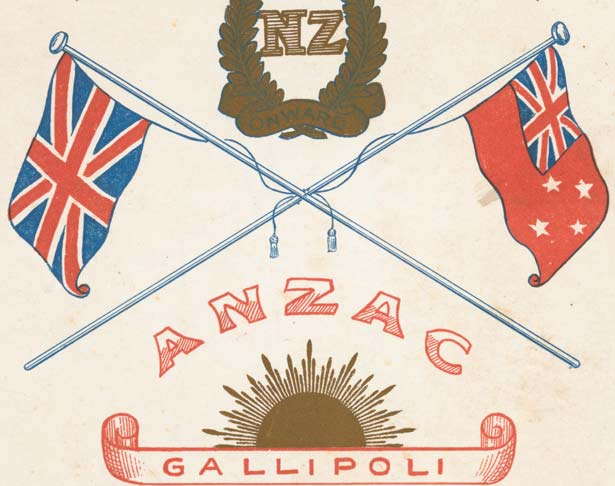
Anzac Day is observed on 25 April. It commemorates New Zealanders killed in war and honours returned and serving servicemen and women.
Anzac Day dates
1916 – Anzac Day gazetted as a half-day holiday
1921 – Anzac Day becomes a full public holiday
1939 – Dawn ceremony widely included in New Zealand Anzac Day commemorations for the first time
1949 – Legislation passed preventing Anzac Day from being 'Mondayised'
1966 – Current Anzac Day Act liberalises activities allowed after 1 p.m. on Anzac Day
2013 – When 25 April falls on a Saturday or Sunday, the Monday will now be a public holiday
2020 – All Anzac Day public ceremonies in New Zealand cancelled because of COVID-19 coronavirus pandemic
The date marks the anniversary of the landing of Australian and New Zealand soldiers – the Anzacs – on the Gallipoli Peninsula in 1915. The aim was to capture the Dardanelles and open a sea route to the Bosphorus and the Black Sea. At the end of the campaign, Gallipoli was still held by its Ottoman Turkish defenders.
Thousands lost their lives during the Gallipoli campaign: 87,000 Ottoman Turks, 44,000 men from France and the British Empire, including 8500 Australians. To this day, Australia also marks the events of 25 April. Among the dead were 2779 New Zealanders, about one in six of those who served on Gallipoli.
They may have ended in military defeat, but for many New Zealanders then and since, the Gallipoli landings signalled that New Zealand was becoming a distinct nation, even as it fought on the other side of the world in the name of the British Empire.
Anzac Day was first observed in 1916. The day has gone through many changes since. The ceremonies that are held at war memorials up and down New Zealand, and in places overseas where New Zealanders gather, are modelled on a military funeral and remain rich in tradition and ritual.
